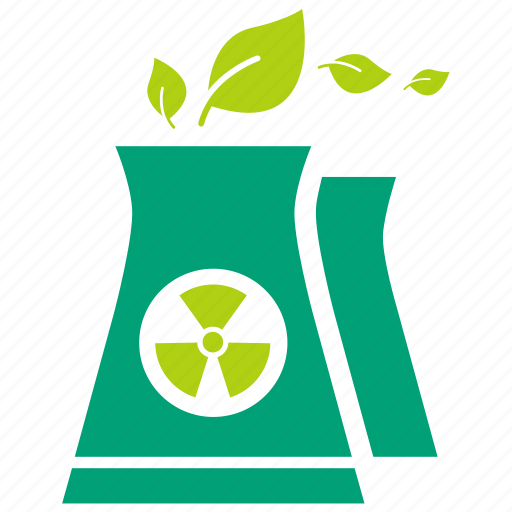

@Emil You know, in a sane world, moving a handful of effectively harmless concrete blocks around wouldn’t be newsworthy.
But even in our world, I think that the message should focus more on how little that actually is, how it is all there is, and how obviously it can be successfully done.
Leave some burns on fear-mongers while you’re at it.




@Brownboy13 @Emil Not perfect, but definitely better in every way than oil.